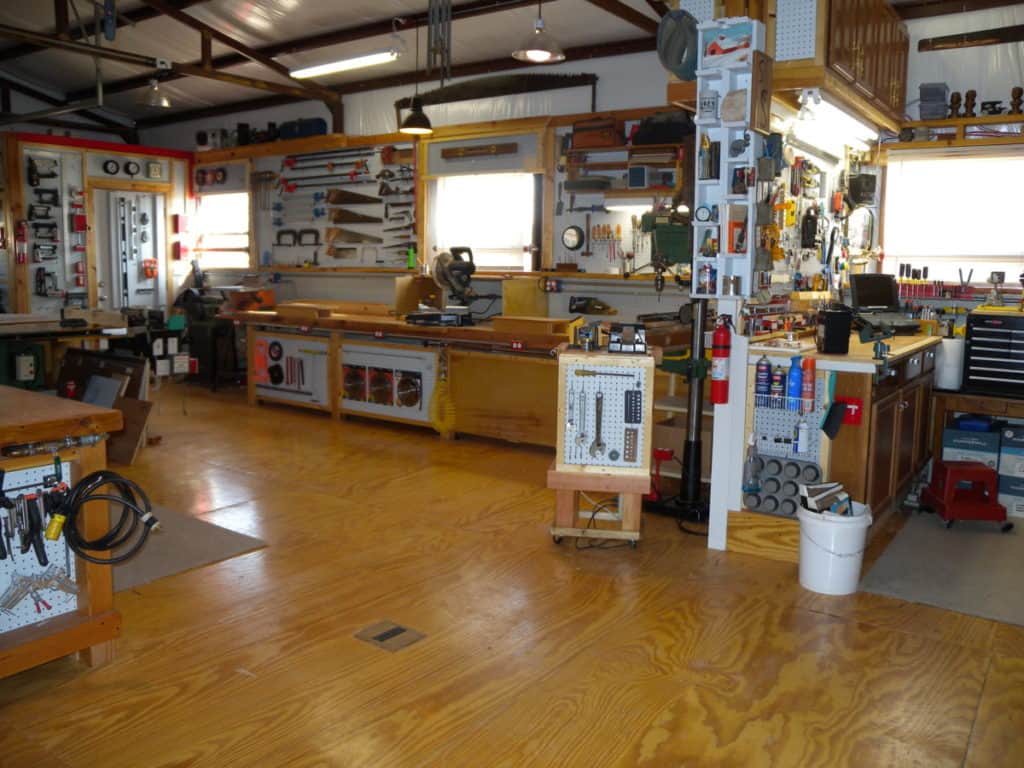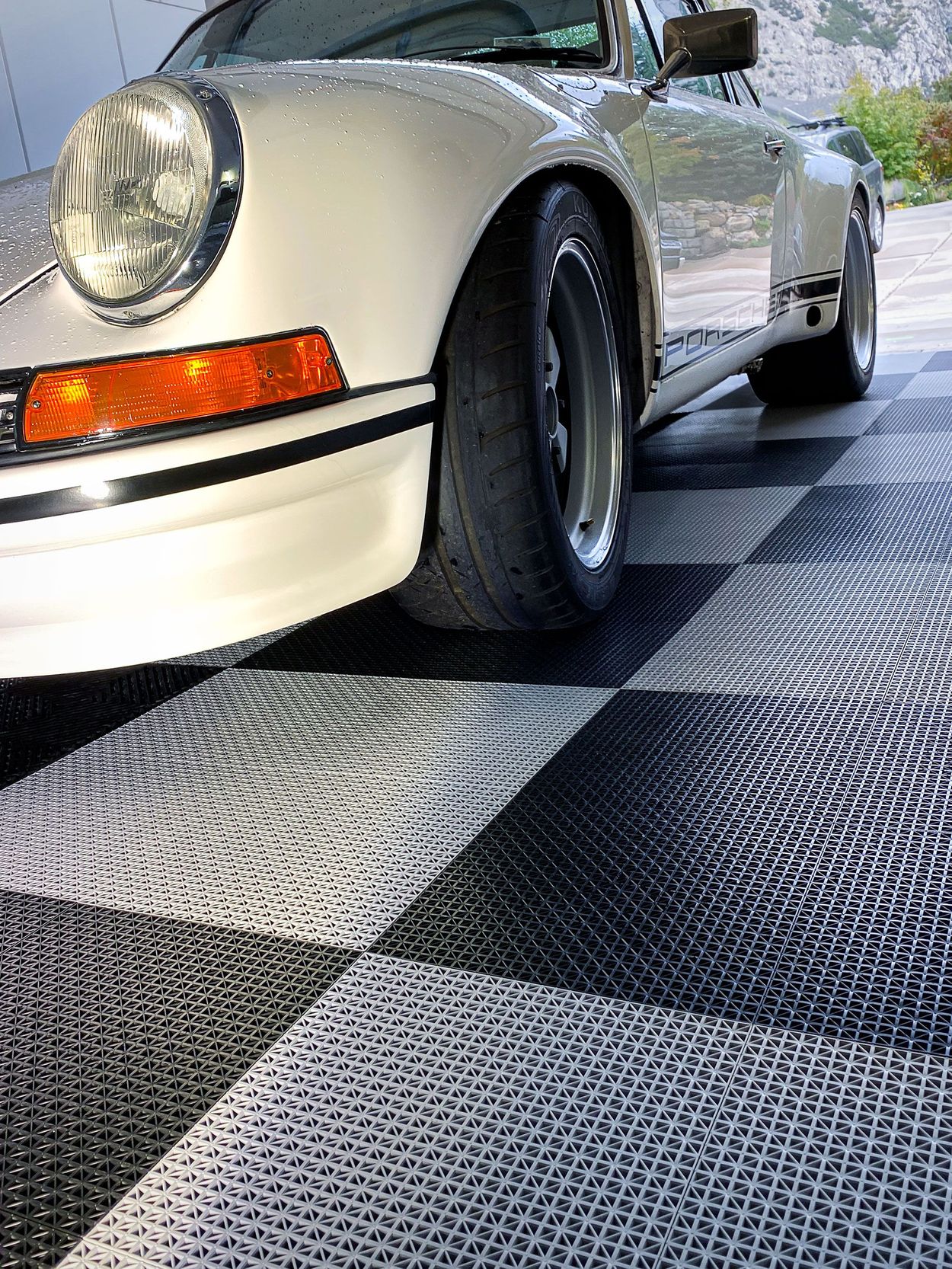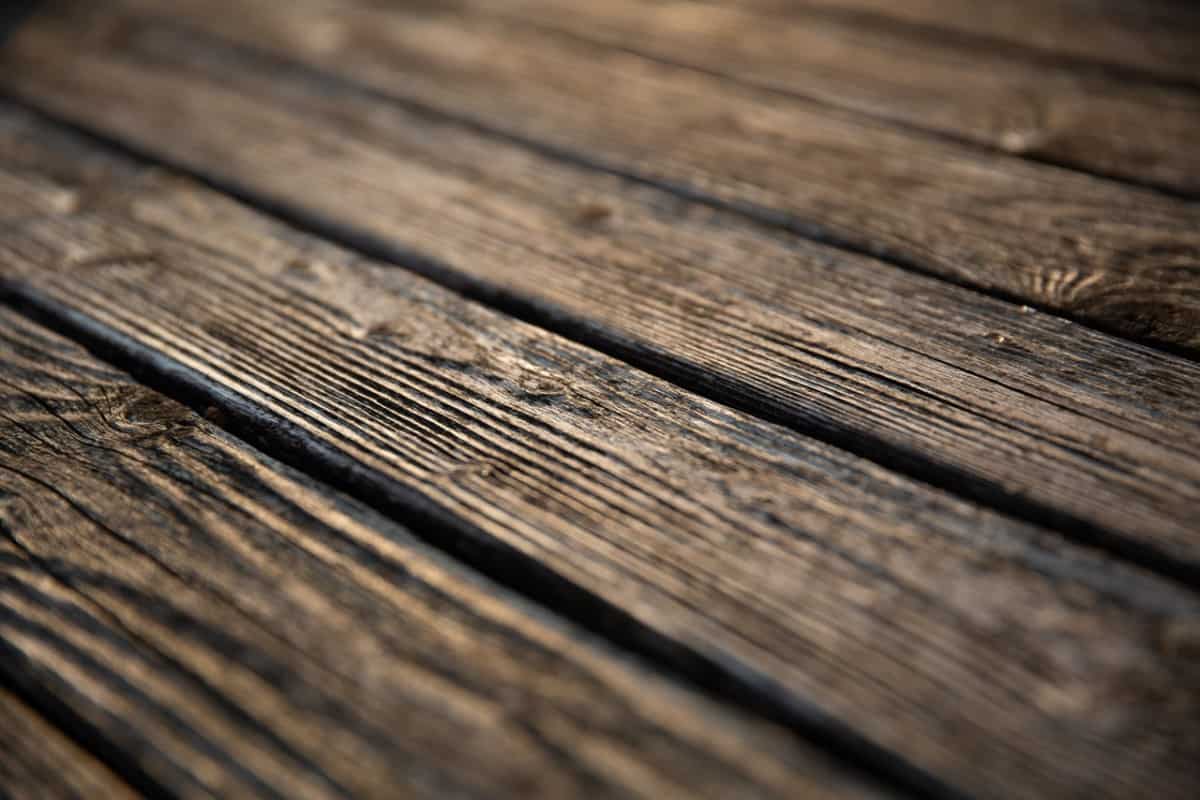Introduction to Wooden Garage Floors
Wooden garage floors offer a unique and versatile flooring option for homeowners looking to add warmth and character to their garage space. Traditionally, concrete has been the go-to material for garage floors due to its durability and affordability. However, wooden garage floors are gaining popularity for their aesthetic appeal and ability to create a cozy atmosphere in what is often considered a utilitarian space. Below are the benefits of wooden garage floors, the design options available, maintenance tips, and their sustainable and eco-friendly aspects.
- Aesthetic Appeal: One of the primary reasons homeowners opt for wooden garage floors is their aesthetic appeal. Wood adds warmth and natural beauty to the garage, transforming it from a plain, industrial space into a welcoming extension of the home. Whether you choose traditional hardwoods like oak or maple or opt for reclaimed or engineered wood, the variety of colors and textures available allows you to customize the look of your garage to suit your style.
- Comfort and Insulation: Unlike cold concrete floors, wooden garage floors provide a more comfortable surface to walk and work on. Wood naturally insulates the space, making it feel warmer and more inviting. This is especially beneficial if you spend a lot of time in your garage working on DIY projects or using it as a recreational space.
- Versatility: Wooden garage floors are incredibly versatile and can be customized to fit your specific needs and preferences. From traditional solid hardwood planks to engineered wood or even reclaimed wood options, there’s a wide range of materials to choose from. Additionally, you can opt for different finishes, stains, and sealants to achieve the desired look and level of durability for your garage floor.
- Easy Installation: Installing a wooden garage floor is often easier and quicker than pouring and curing concrete. Depending on the type of wood and installation method chosen, you may even be able to install it yourself as a DIY project, saving on labor costs. However, it’s essential to ensure proper subfloor preparation and moisture barriers to prevent warping and damage to the wood over time.
- Cost Considerations: While wooden garage floors can be more expensive upfront compared to concrete, they can add value to your home and may be more cost-effective in the long run. Additionally, the ability to customize the design and the potential for DIY installation can help offset some of the initial costs. It’s essential to weigh the upfront investment against the long-term benefits and durability of wooden garage floors.
- Durability and Maintenance: Contrary to common misconceptions, wooden garage floors can be durable and long-lasting if properly maintained. Regular cleaning and periodic sealing or refinishing can help protect the wood from moisture, stains, and wear and tear. Additionally, choosing a durable wood species and proper installation techniques can enhance the longevity of your wooden garage floor.

Pros and Cons of Wooden Garage Floors
Wooden garage floors offer several advantages over traditional concrete floors, but they also come with their own set of drawbacks. Let’s explore the pros and cons of wooden garage floors to help you make an informed decision about whether they’re the right choice for your home.
Pros:
Aesthetic Appeal: Wooden garage floors add warmth and character to the space, creating a more inviting environment compared to cold concrete floors.
Comfort: Wood naturally insulates the garage, making it more comfortable to walk and work on, especially during colder months.
Versatility: Wooden garage floors come in a variety of materials, finishes, and designs, allowing for customization to suit your style and preferences.
Easy Installation: Depending on the type of wood and installation method chosen, wooden garage floors can be relatively easy to install, potentially saving on labor costs.
Durability: With proper maintenance, wooden garage floors can be durable and long-lasting, providing years of use and enjoyment.
Cons:
Cost: Wooden garage floors can be more expensive upfront compared to concrete, especially if you opt for high-quality materials or professional installation.
Maintenance: Wood requires regular maintenance, including cleaning, sealing, and occasional refinishing, to protect it from moisture, stains, and wear and tear.
Susceptibility to Damage: Wood is more susceptible to damage from moisture, heavy objects, and impact compared to concrete. Proper precautions and maintenance are necessary to prevent warping, scratching, and other damage.
Limited Moisture Resistance: While proper sealing can help protect wooden garage floors from moisture, they are still more prone to damage from water compared to concrete. In areas with high humidity or frequent exposure to water, wood may not be the best choice.
Potential for Pest Infestation: Wood is susceptible to pests such as termites and wood-boring insects, especially if not properly treated or maintained. Regular inspections and treatments may be necessary to prevent infestations.
Design Options for Wooden Garage Floors
When it comes to designing your wooden garage floor, the options are nearly endless. From choosing the type of wood to selecting a finish and pattern, there are numerous ways to customize the look of your garage floor to match your style and preferences. Below are some popular design options for wooden garage floors to help you create a space that’s both functional and visually appealing.
Type of Wood:
Hardwood: Hardwood species like oak, maple, and cherry are popular choices for wooden garage floors due to their durability and natural beauty. They come in a variety of colors and grain patterns, allowing you to achieve a classic or contemporary look depending on your preference.
Engineered Wood: Engineered wood, made from layers of real wood veneer bonded together with adhesives, is another popular option for garage floors. It offers greater stability and moisture resistance compared to solid hardwood, making it suitable for garage environments.
Reclaimed Wood: For a unique and eco-friendly option, consider using reclaimed wood for your garage floor. Reclaimed wood adds character and history to the space, and it’s a sustainable choice that reduces the demand for new lumber.
Finish and Stain:
Natural Finish: A natural finish highlights the natural beauty of the wood, showcasing its grain and texture. It provides a timeless and classic look that complements a variety of design styles.
Stained Finish: Staining allows you to customize the color of your wooden garage floor to match your decor or achieve a specific aesthetic. From light to dark stains, there are numerous options to choose from to create the desired look.
Painted Finish: Painting your wooden garage floor is another way to add color and personality to the space. Choose a durable paint specifically formulated for floors, and consider adding a non-slip additive for safety.
Pattern and Layout:
Plank Flooring: Traditional plank flooring is a popular choice for wooden garage floors, providing a classic and timeless look. You can choose the width and length of the planks to create a custom design that suits your space.
Herringbone or Chevron: For a more sophisticated and eye-catching look, consider arranging the wood planks in a herringbone or chevron pattern. These geometric patterns add visual interest and can make a bold statement in your garage.
Parquet: Parquet flooring consists of small wood blocks arranged in geometric patterns, such as squares or diamonds. This intricate pattern adds a touch of elegance and sophistication to your garage floor.
Inlays and Borders:
Inlays: Adding decorative inlays to your wooden garage floor, such as a medallion or custom design, can create a focal point and add visual interest to the space. Inlays can be made from contrasting wood species, metal accents, or even colored epoxy resin.
Borders: A border around the perimeter of your garage floor can define the space and create a finished look. Borders can be simple and understated or elaborate and decorative, depending on your preference and style.
Customization and Personalization:
Personalized Engravings: Consider adding personalized engravings or messages to your wooden garage floor to make it truly unique and meaningful. Whether it’s your family name, a special date, or a favorite quote, custom engravings add a personal touch to the space.
Logo or Emblem: If you have a favorite sports team, hobby, or brand, consider incorporating their logo or emblem into your wooden garage floor design. This adds a touch of personality and allows you to showcase your interests and passions.
Maintenance Tips for Wooden Garage Floors
Proper maintenance is essential to ensure the longevity and durability of wooden garage floors. With the right care and attention, you can keep your floors looking great for years to come. Here are some maintenance tips to help you preserve the beauty and functionality of your wooden garage floors:
Regular Cleaning: Sweep or vacuum your wooden garage floors regularly to remove dust, dirt, and debris that can scratch the surface. Use a soft-bristled broom or a vacuum with a hardwood floor attachment to avoid scratching the wood.
Avoid Standing Water: Moisture is the enemy of wooden floors, so it’s essential to clean up any spills or standing water immediately to prevent damage. Use a dry mop or towel to soak up spills promptly and avoid leaving wet items or mats on the floor for extended periods.
Protective Mats and Rugs: Place protective mats or rugs in high-traffic areas and under vehicles to prevent scratches, dents, and wear and tear. Choose mats with non-slip backing to keep them in place and avoid moisture buildup underneath.
Avoid Harsh Cleaners: When cleaning your wooden garage floors, avoid harsh chemical cleaners and abrasive tools that can damage the finish. Instead, use a mild wood floor cleaner diluted in water and a soft mop or cloth to gently clean the surface.
Regular Sealing and Refinishing: Depending on the type of finish applied to your wooden garage floors, they may require periodic sealing or refinishing to protect the wood and maintain its appearance. Follow the manufacturer’s recommendations for frequency and products suitable for your specific type of wood and finish.
Protect Against Sunlight: Direct sunlight can cause wood to fade and discolor over time, so consider installing blinds or curtains on windows or using UV-blocking window film to protect your wooden garage floors from excessive sunlight exposure.
Monitor Humidity Levels: Wood is sensitive to changes in humidity, so it’s essential to monitor indoor humidity levels and use a dehumidifier or humidifier as needed to maintain a consistent environment. Avoid exposing wooden garage floors to extreme fluctuations in temperature and humidity.
Inspect for Damage: Regularly inspect your wooden garage floors for signs of damage, including scratches, dents, warping, or discoloration. Address any issues promptly to prevent further damage and preserve the integrity of the wood.
Sustainable and Eco-Friendly Aspects of Wooden Garage Floors
In recent years, there has been a growing emphasis on sustainability and eco-friendliness in home construction and renovation projects. Wooden garage floors offer several sustainable and eco-friendly aspects that make them an attractive choice for environmentally conscious homeowners. Here are some key considerations:
Renewable Resource: Wood is a renewable resource that can be sustainably harvested and replanted, making it an environmentally friendly flooring option. By choosing wood from responsibly managed forests or opting for reclaimed wood, you can minimize your environmental impact and support sustainable forestry practices.
Low Embodied Energy: Compared to other building materials like concrete or steel, wood has a lower embodied energy, meaning it requires less energy to produce and transport. This makes wooden garage floors a more environmentally friendly choice in terms of carbon footprint and energy consumption.
Carbon Sequestration: Trees absorb carbon dioxide from the atmosphere and store it in their wood, effectively sequestering carbon and helping mitigate climate change. By using wood products like garage floors, you’re effectively locking up carbon that would otherwise contribute to greenhouse gas emissions.
Biodegradability: Unlike synthetic flooring materials that may end up in landfills at the end of their lifespan, wood is biodegradable and can decompose naturally without releasing harmful chemicals or toxins into the environment.
Energy Efficiency: As mentioned earlier, wood naturally insulates the garage space, reducing the need for additional heating or cooling and contributing to energy efficiency. This can result in lower energy bills and reduced reliance on fossil fuels, further enhancing the environmental benefits of wooden garage floors.
Recyclability and Reusability: At the end of its lifespan, wood can be recycled or repurposed into other products, reducing waste and extending its use beyond the garage floor. Additionally, reclaimed wood from old barns, factories, or other structures can be used to create unique and environmentally friendly garage floors with a story to tell.
Non-Toxic Finishes: Choose low-VOC (volatile organic compound) or zero-VOC finishes and sealants for your wooden garage floors to minimize indoor air pollution and create a healthier living environment for you and your family.
Can a Garage Have a Wooden Floor?
Garage flooringanyone using porcelain tile
Faux Black Wood Planks In A Garage Giving It A Complete Transformation Coated Using Concrete Overlay
How to Choose the Best Garage Floor Tiles
Garage Flooring Tiles Designs, Ideas Design Trends
Garage Flooring – Flooring – The Home Depot
Related Posts:









